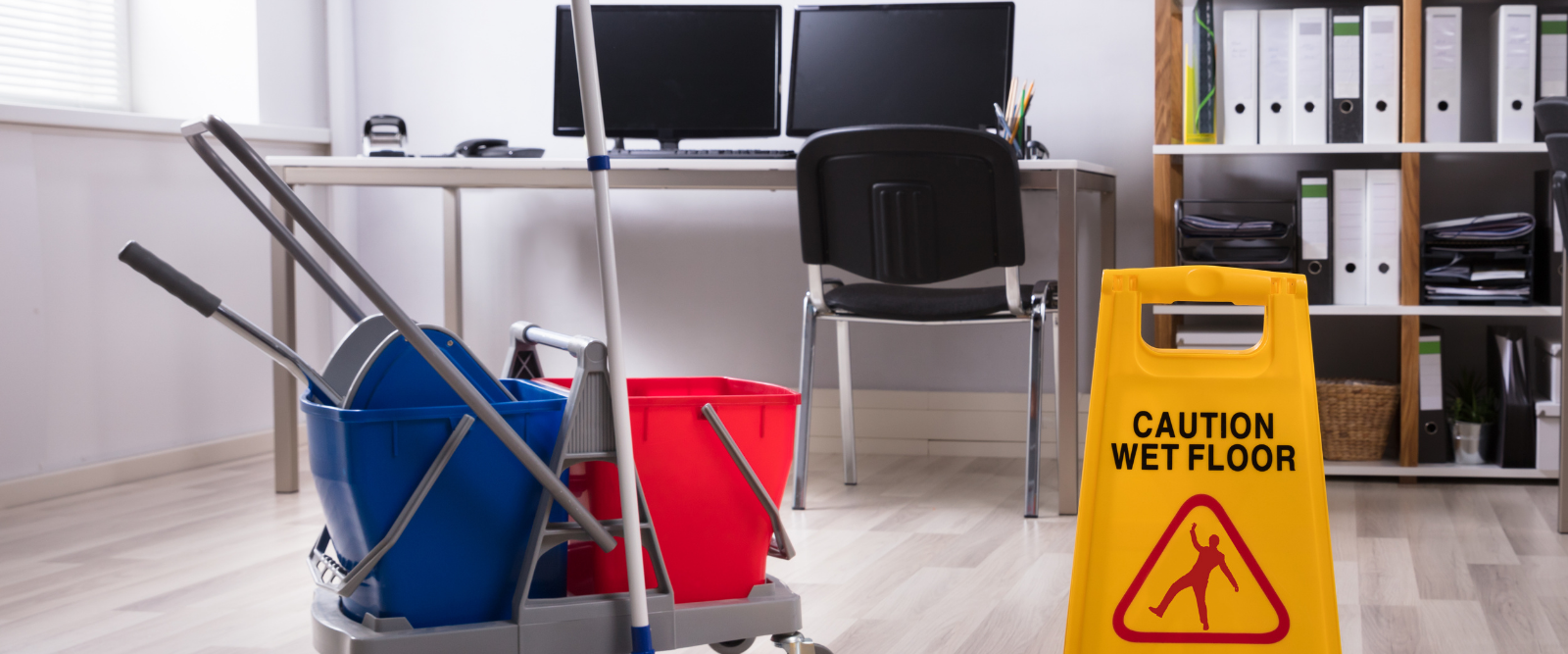
Demand-Led Cleaning for Flexible Workspace
The smooth running of flexible workspaces relies on many behind-the-scenes services, and the pandemic has brought office cleaning to the fore. In this article, James Soning, Account Director at Excellerate Services, explains the benefits of Demand-Led Cleaning for the flexible workspace sector.
With the onset of the pandemic, closely followed by extended lockdowns all over the world, most industries were forced in to radically rethinking the way in which they did business.
The cleaning service industry was no different.
Many of its clients suspended services, quite understandably, emerging from lockdown in a very different form than when they went in. Everyone has clients that have been negatively impacted by the lockdown. Equally, every company is having to navigate that working from home will continue in some capacity. In this context operating costs have become more important than ever.
The cleaning industry has traditionally set a number of hours to be delivered every day, regardless of the time of year, building occupancy or any other business reasons.
The pandemic exposed the limitations of thinking – and acting – in such a rigid way.
REAL INNOVATION STARTS AS AN IDEA
Demand-led cleaning introduces data-driven decision-making into the cleaning industry, allowing it to model and respond to the daily ebbs & flows of each office building. This is how it works…
Demand-led Cleaning starts with a minimum deployment agreement – usually based on a building occupancy rate of 10%. Unless the building is closed these tasks will have to be performed no matter what, and at this occupancy rate certain areas have to be serviced.
At the other end of the scale, a maximum deployment level can be agreed with the client, based on occupancy greater than 80%. This gives guardrails for effective planning by generating minimum and maximum costs – giving greater clarity to both sides of the agreement.
What differentiates Demand-Led Cleaning from traditional approaches is data. On a basic level, it can be established at what footfall levels increased deployments will be triggered. For example, when a building reaches occupancy levels of 10%, 40%, 80%.
Scheduling software can enable automatic “pinging” of shifts and cleaning specifications to staff who will then join the shift pattern, fully aware of their tasks. This ensures buildings are clean and fit for purpose for the next day’s work.
Data can help to identify trends and plan accordingly. For example, if buildings are usually quieter on Fridays, why incur the same cleaning costs as you do on a Tuesday, which is generally a building’s busiest day? The simple answer is, you shouldn’t. Equally, buildings are quieter over Christmas, Easter, the Summer and half terms. Why don’t cleaning schedules reflect this? With Demand-Led Cleaning, you can plan accordingly.
Demand-Led Cleaning is both data-driven and tech-enabled. Use of “Internet-of-things” technology can lower costs even further. Washroom sensors, for example, can automatically alert colleagues to clean the washroom after an agreed usage number has been reached. Sensors can also be integrated in the soap and toilet roll dispensers, alerting operatives when supplies are running low. Demand-Led cleaning means that cleaning resources and costs are applied where – and when – they are needed most. Costs and inconvenience for the clients are brought down.
The Demand-Led Cleaning approach can also be used for meeting rooms. Why clean a meeting room if it hasn’t been used?
The pandemic has been an unprecedented time for the industry. Coming out of the crisis, it is smart to think differently, combining data and technology, to provide the service and flexibility that the repopulated office workplaces require. Demand-Led Cleaning can be the response to the workplace of the future.
For more information on Demand-led Cleaning, or to get a quote for your flexible workspace, see Flexible Space Association member Excellerate Services’ website.
13 July 2021
Return to News Page

